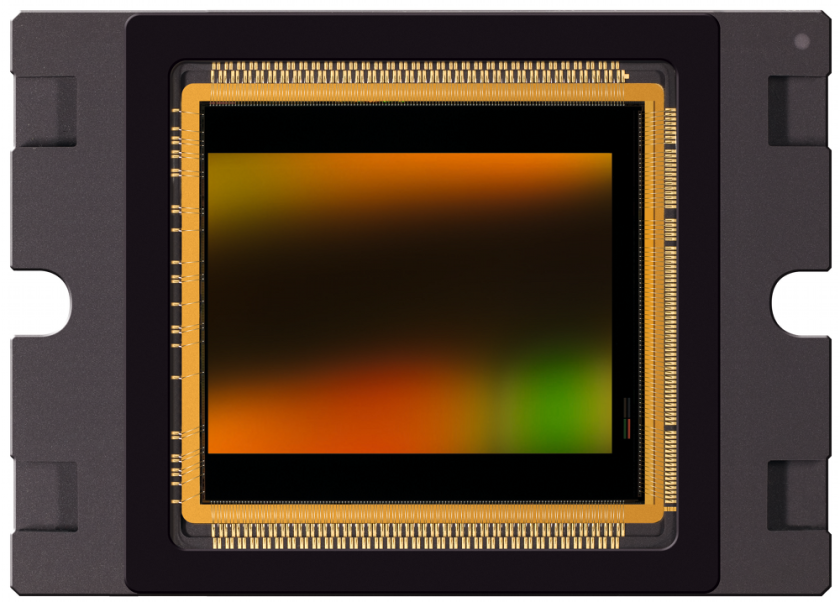
True Correlated Double Sampling (CDS)
To showcase high-end industrial needs, CMOSIS CMV12000 sensors with high imagery performance are setting new benchmarks. These sensors exhibit extraordinary technology advances by providing high sensitivity pipelined technology based on photo system type C format (APS-C) In addition to this, state-of-the-art global shutter pipelined sensors offer ultra-high HD resolution (4096 x 3072 pixels) to cater high requirements of machine vision applications. These sensors incorporate true correlated double sampling (CDS) technique for allowing exposure during readout by displaying reduced fixed pattern and dark noise to considerable extent. The image array as enclosed by these sensors constituting global shutter pipelined 5.5µm by 5.5µm pixels significantly helps to offer least image distortion by minimizing temporal dark noise.
Specifications
The CMOSIS CMV12000 image sensors offer exceptional performance gains by constituting distinguishing features i.e. 12 MP resolution, RoHS compliance, pipelined global shutter with CDS technique, on-chip timings generation, multiplexable output channels with various modes, temperature sensor, 60 dB dynamic range, full resolution up to 300 frames per second in a 10-bit mode, full resolution up to 140 frames per second in a 12-bit mode, advanced photo system type C (APS-C) optical format, low power requirements up to 3000 mW, multiple dynamic range modes 90 dB, RGB configuration X-Y mirroring function, 64 LVDs output channels up to 600 Mbps, ROI mode with windowing capability etc.
SPI Interface
These sensors further embrace 64 low voltage differential signalling (LVDS) output channels which offer full resolution with up to 300 frames per second in a 12-bit mode and runs at amazing 600 Mbps. The acquaintance with various functions also comes with these sensors thus making a difference including row-windowing or row-subsampling mode, programmable gain amplifier and offset regulation function etc. The SPI interface is an integral component of these image sensors which is used for programming all operation modes and programmes external triggering and external exposure timings. While the internal exposure and all readout timings are generated by an on-board sequencer being another fundamental part and parcel of these sensors. Another interesting addition in these sensors is the multiple dynamic range mode which also has the capability of extending the optical dynamic range by integrating several dynamic range modes at once. In a nutshell, CMOSIS CMV12000 sensors continue to strive for best performance by proving to be the best version of image sensors in respect of speed imaging for abetting high-end industrial applications.